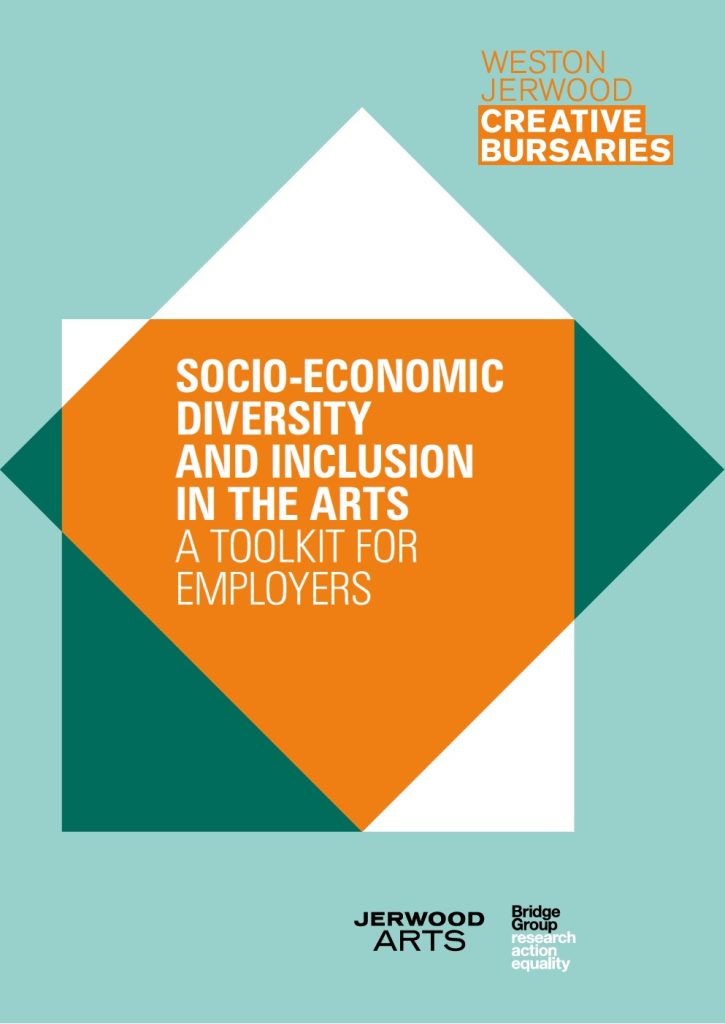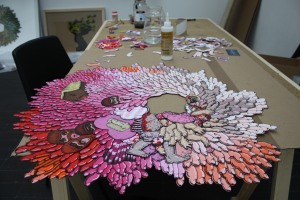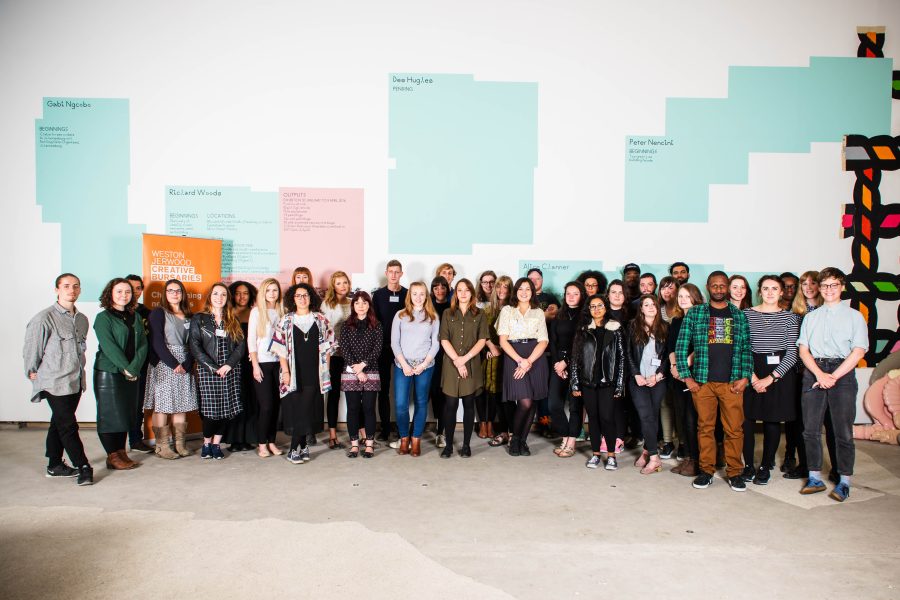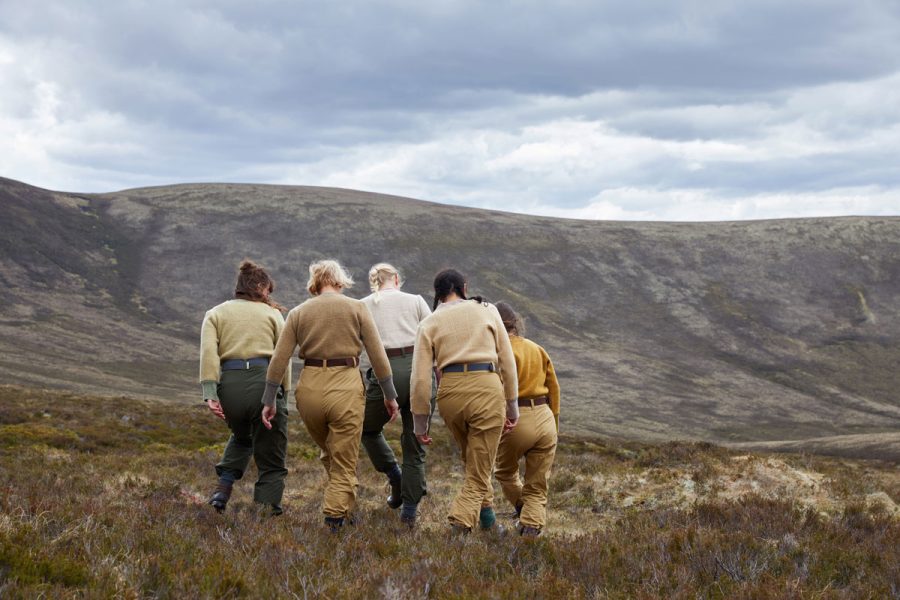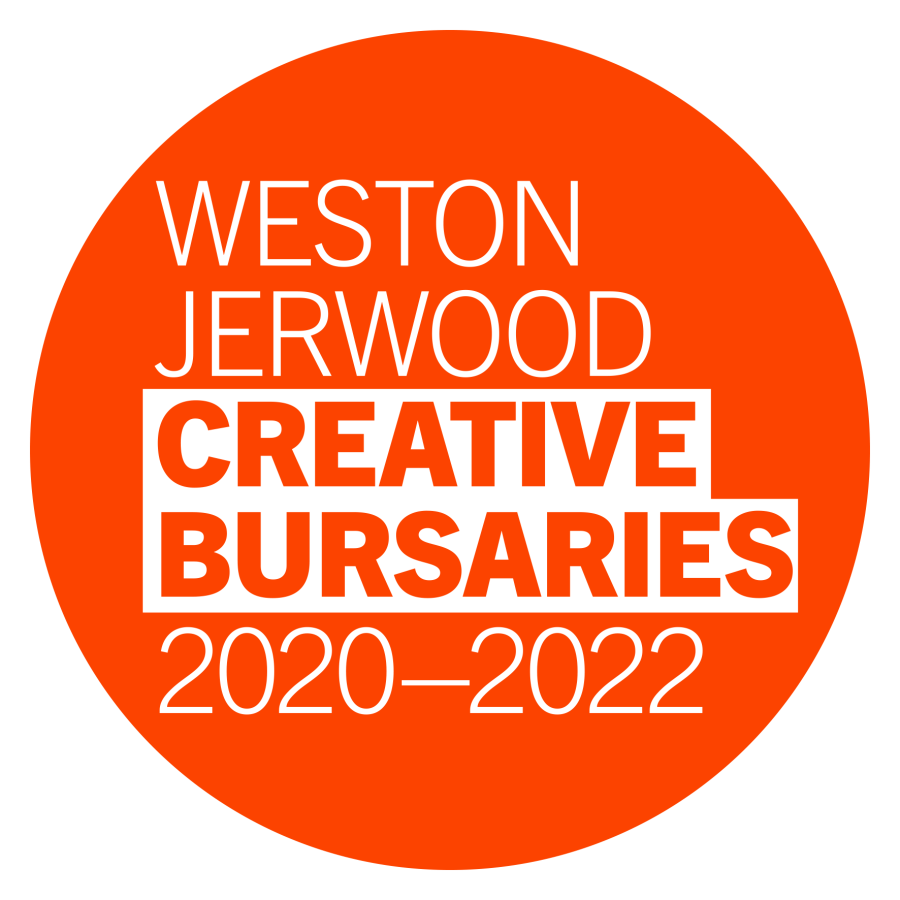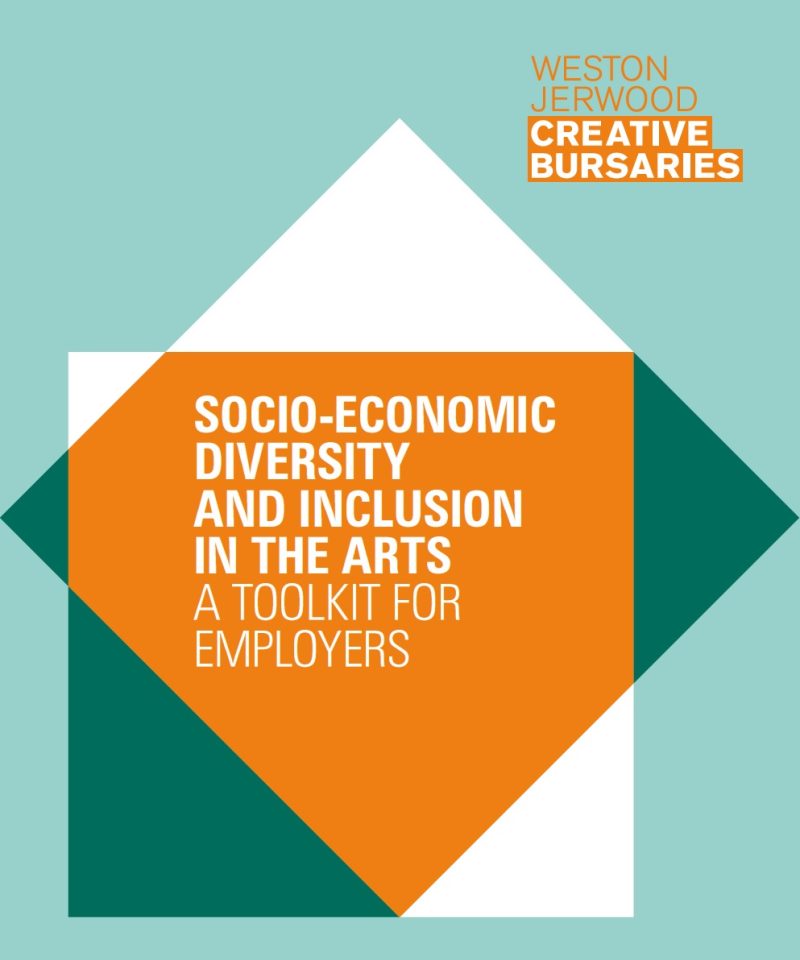Disclaimer: We are aware that this Toolkit has dated since it was published in July 2019. While we believe it still contains lots of useful ideas and starting points for organisations to think about class in the arts, it is a product of where these conversation had got to in early 2019. We now recommend reading the Social Mobility Commission’s Creative Toolkit for the most recent guidance on how to ask questions about socio-economic background for equal opportunities monitoring purposes in particular. We also recognise that the social mobility framework has been successfully critiqued in recent years and current approaches to improving socio-economic diversity and inclusion focus as much on the need to change organisational cultures as on supporting individuals to thrive. Updated March 2023.
Fair access to working in the arts remains one of the most urgent issues facing the sector today, with those from lower socio-economic backgrounds still vastly underrepresented amongst the artists and employees of UK theatres, festivals, galleries and arts organisations of all kinds.
We are delighted to gather here some of the practical ideas from the Weston Jerwood Creative Bursaries programme, alongside case studies from our Weston Jerwood Creative Bursaries Host organisations. We have partnered with the Bridge Group to bring in research and advice from other sectors and to encourage organisations to take a strategic approach.
You can also access a Welsh language translation.
You can also interact with the first sections of the document online here. Click through the sections below to find the Top Five Tips for what to prioritise, and where organisations can have the greatest impact on advancing socio-economic diversity and inclusion across the sector. There are also a selection of Case Studies, you will find the full set in the PDF download.
You can read the Weston Jerwood Creative Bursaries Evaluation Report 2017-19
In 2022, Jerwood Arts started working on a reimagined version of the Toolkit, to be published in March 2023. This resource reflects and amplifies the voices of the 51 Fellows, as well as Fellows from previous editions of the programme, on ‘what works’ in creating an inclusive workplace for people from working class and low socio-economic backgrounds in our sector.
